In the hills of western North Carolina, lion’s mane mushrooms hang from trees like strange fruit. With the right timing and a sharp eye, you can spot them, cook them, and taste something wild.
By mid-August, the southern Appalachians start to shift. Morning air sharpens. Ridges hold fog a little longer. The woods soak up each burst of late-summer rain. It’s in this pause; this brief wet warmth between fire and frost, that lion’s mane mushrooms begin to show themselves.
Lion’s mane, or Hericium erinaceus, does not hide in plain sight. It hangs, bulbous and white, from dead oak or beech trunks like some natural absurdity. Where other mushrooms flatten into caps or sprout into stems, this one erupts into a mop of shaggy spines. To those unfamiliar, it looks like a marine creature stranded in a forest. To those who know it, it means dinner.
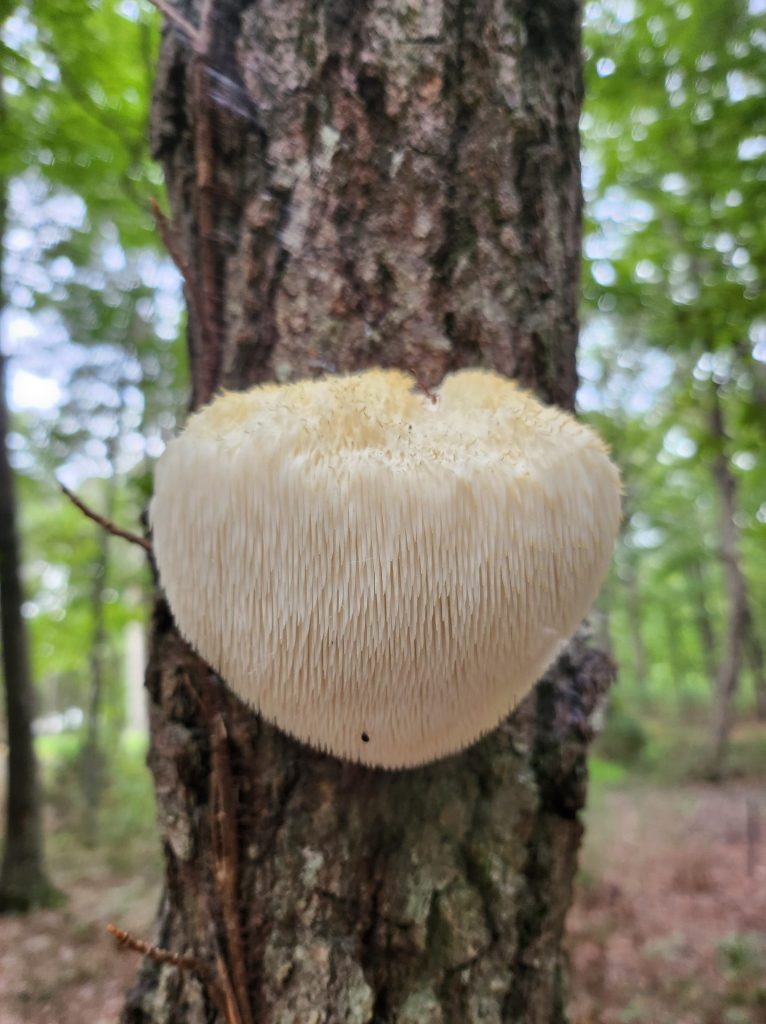
In western North Carolina, the fruiting window stretches from August into November. If the rain is generous and the air stays cool, say in the range of 55 to 70 degrees, lion’s mane will continue into early December. Above 3,000 feet, the mushrooms often last longer than they do in the foothills, though they vanish as soon as nights dip below the twenties.
Foragers find them growing on wounded trunks, broken limbs, or long-dead stumps. The host tree matters. You’re most likely to spot lion’s mane on hardwoods like oak, beech, and maple. You rarely find it on the ground.
The legal part matters too. On national forest land, specifically Pisgah and Nantahala; mushroom foraging is allowed for personal use. There are no permits for small-scale gathering, only informal rules: don’t collect commercially, don’t damage live trees, and don’t leave a mess. On the Blue Ridge Parkway, you’re allowed up to one gallon of mushrooms per person per day. The rule is stated plainly by the Park Service. You can pick, but don’t uproot, and don’t go off trail to get them.
It’s not so easy in state parks. Places like Mount Mitchell and Grandfather Mountain prohibit foraging outright. Great Smoky Mountains National Park does too. So do most official wilderness areas. The reasoning is simple: preservation before harvest. If you want to find lion’s mane legally, stay in the national forests or check the policy of less-regulated game lands and public woodlots.
Identifying lion’s mane is not difficult. It grows in a single white cluster of dangling spines and what field guides call “teeth.” These spines usually range from half an inch to two inches long. They are soft, stringy, and dense. The whole thing often resembles a cauliflower or mop head, depending on its age. A fresh lion’s mane is firm, white, and slightly damp. An old one is yellowed, bug-ridden, or soggy.
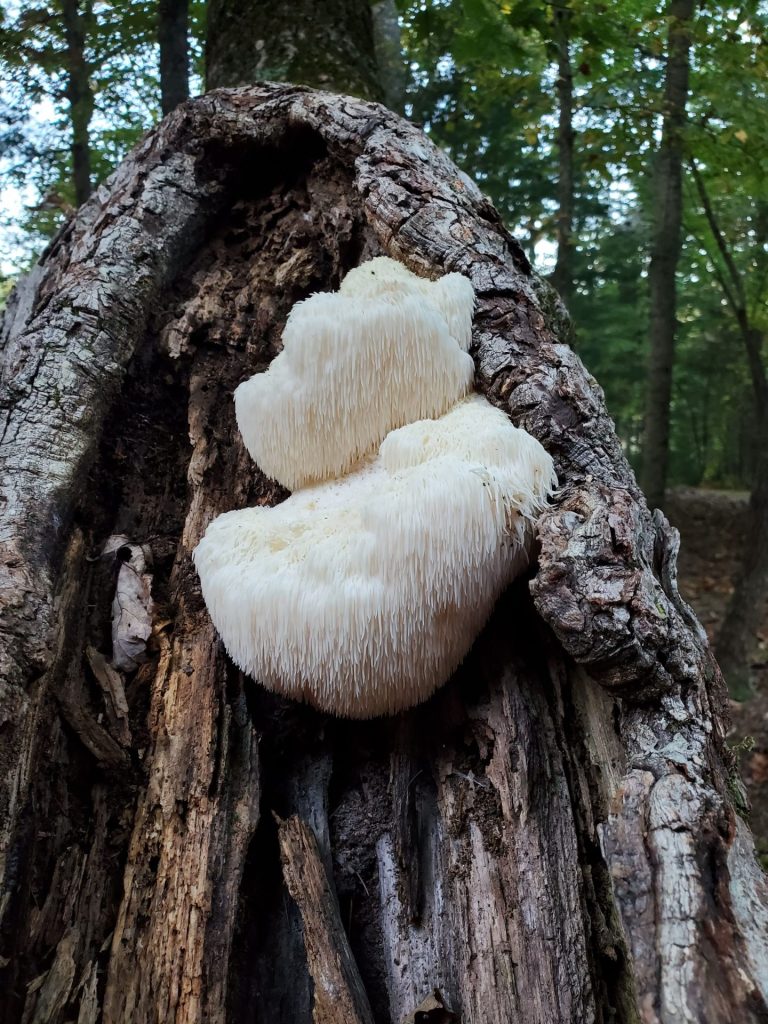
Importantly, there are no toxic lookalikes. Other members of the Hericium genus; like bear’s head tooth and coral tooth, are edible and share the same stringy texture and seafood-like flavor. The spines on those varieties branch from a more segmented base, but they’re safe. That said, no mushroom should be eaten unless its identity is confirmed by multiple sources. Books, guides, and apps help, but if there’s doubt, leave it.
Once harvested, the mushroom can be cleaned with a brush or quick rinse. Avoid soaking it. Store it in a paper bag in the refrigerator, and use it within five days. For long-term storage, slice it thin and dry it at 125 degrees, or lightly sauté the pieces and freeze them in an airtight bag. Dried lion’s mane becomes brittle and rehydrates easily in broth.
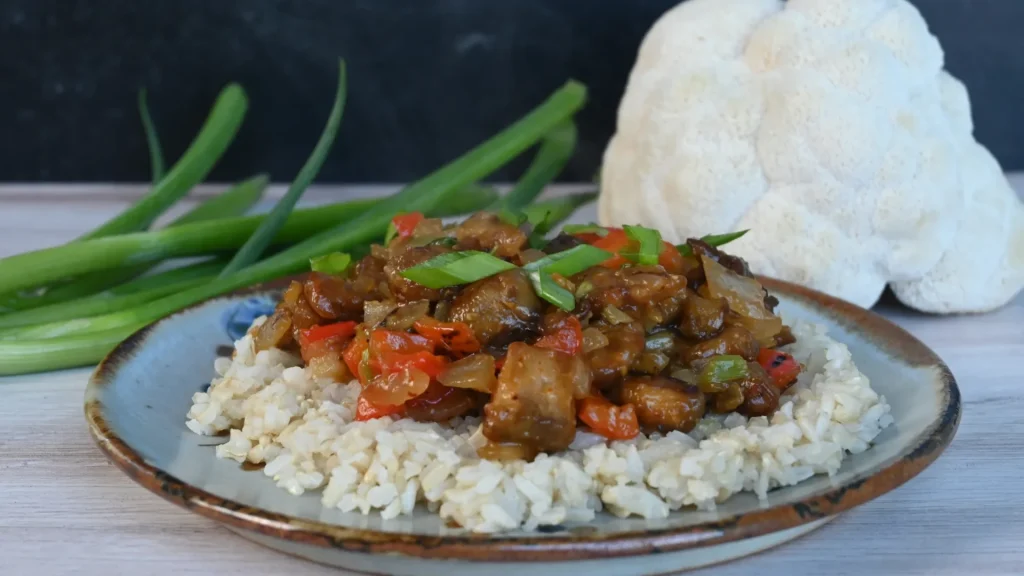
Its texture is what wins people over. When pan-fried in butter or oil, lion’s mane browns well and pulls apart like cooked crab. Some people shred it for mock crab cakes. Others sear it like steak. A common recipe calls for mixing the shredded mushroom with egg, breadcrumbs, mustard, and lemon juice. Form patties, then pan-fry until crisp. Others skip the binding step and go straight to the pan. Sliced thick and cooked hot, lion’s mane holds its shape better than most cultivated mushrooms.
A good variation comes from chef Julia Simon of Charlotte. She browns thick rounds, seasons them with chili and cumin, and serves them in corn tortillas as tacos. In other kitchens, you’ll find lion’s mane folded into risotto, stirred into ramen, or stacked onto sourdough with melted cheese.
Each version relies on the same fact: lion’s mane absorbs flavor and keeps its bite. Unlike soft button mushrooms, it does not wilt into mush.

Many foragers in western North Carolina enjoy coupling mushroom hunts with seasonal berry picking. After a successful morning of gathering lion’s mane, you can head to high country trails for wild blueberries. Visit our guide to the top trails for wild blueberry picking in Western NC to find recommended locations, timing tips, and expert advice on when and where to pick.
You’ll rarely find lion’s mane in grocery stores. It does not travel well. It bruises easily. Its value lies in the act of finding it. It is a mushroom that must be looked for, not bought. It appears in its season, when the forest is damp, the days are short, and the trees have begun to rot in the right way.
To hunt it is to pay attention to weather, to habitat, to time. It teaches patience. And if you’re lucky, it feeds you.

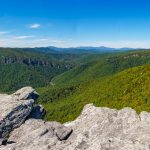


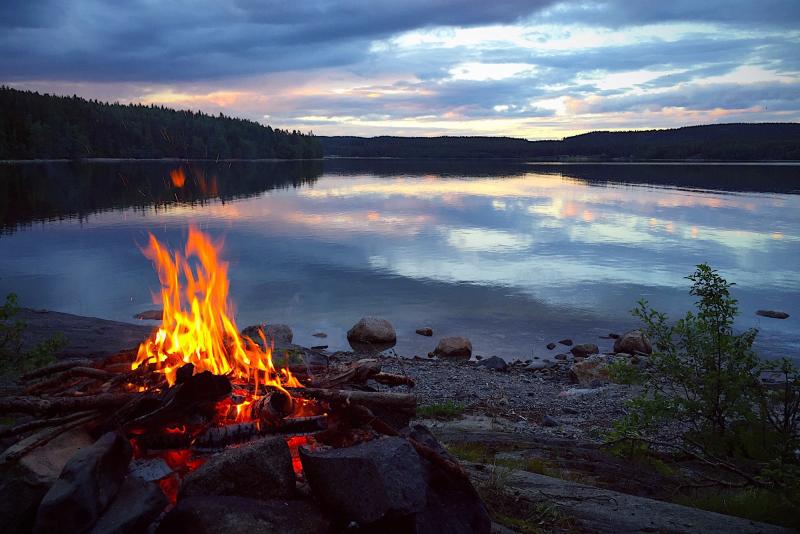
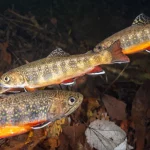


Leave a Reply